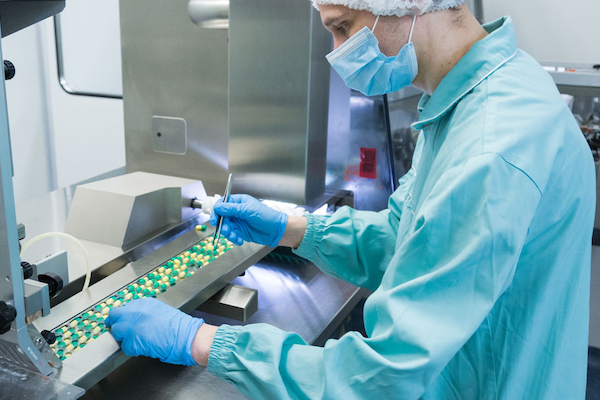
Regulation is a tricky thing. One’s first instinct may be to roll his or her eyes at the thought of having progress stymied in the name of bureaucracy. And it’s true, there can be a lot of frustration in regulatory compliance. On the other hand, when someone falls gravely ill due to eating bad chicken or not being able to locate the medicine they need, we’re often quick to ask, “How can this sort of thing be allowed to happen?” The simple truth is, we can only make our systems more predictable if we measure, analyze, and regulate. It’s like trying to predict an earthquake. It would be incredible to be able to do so accurately and with enough time to prepare for it. The problem is that kind of predictability doesn’t just fall out of the sky. It would take a myriad of technology, ingenuity, and cooperation on many fronts to all come together. So too does quality metrics in the pharmaceutical industry.
Quality Metrics And The FDA
Quality metrics are a result of the FDA’s Food Drug Administration Safety and Innovation Act (FDASIA). The aim of the 2012 bill was to enhance the FDA’s ability to take proactive measures to prevent and alleviate drug shortages. As part of its adoption, questions began to surface regarding the metrics drug manufacturers use to monitor production quality and how frequently these metrics should be updated to have meaning. By 2016, the FDA was drafting guidelines to develop compliance and inspection policies and practices to improve its ability to predict and mitigate future drug shortages. A key tool in this push would be the “implementation of state-of-the-art, innovative quality management systems for pharmaceutical manufacturing.”
Quality metrics also exist to:
- Help the FDA develop compliance and inspection policies and practices, and inform risk-based scheduling of drug manufacturing facilities, which can result in a decrease in inspection frequency for high performers
- Improve the Agency’s ability to predict, and therefore, possibly mitigate, future drug shortages
- Provide additional intelligence to inform FDA’s comprehensive surveillance program
Quality metrics don’t exist to gum up the pharmaceutical manufacturing process. The intent is to help everyone by heading off drug shortages before they become problems with dire consequences. After all, everyone expects a certain amount of quality control by toy makers for the Christmas presents we buy our children. Quality metrics are the drug industry equivalent to ensuring laboratory processes throughout the entire product lifecycle, from development through commercial manufacturing, live up to an acceptable standard.
So how do you get quality metrics from your manufacturing processes?
Introducing A Material Ledger
While the most advanced smart manufacturing technologies, often referred to as Industry 4.0, have been utilized in food & beverage, mining and metals, and more, it has yet to find widespread adoption in pharmaceutical factories.
Extensive raw material traceability is a major part of smart manufacturing, particularly in the face of the strict regulation of pharmaceuticals. Gaining access to data on incoming ingredients, their movement, storage, manufacturing processes, personnel assignments, and more would provide critical details beyond whether a batch simply went bad. Using a material ledger, pharmaceutical manufacturers can now trace back problems to specific equipment and use diagnostic information to determine if there was a failure on that machine or with its operator. Indeed, we have the technological mechanisms to collect and report quality metrics with great accuracy.
Material ledger represents the next evolutionary step forward from enterprise resource planning (ERP), manufacturing execution systems (MES), and manufacturing operations management (MOM). Material ledger is a novel approach to intelligent tracking of material and energy movement and transformations, as well as their associated monetary value, process data, and quality data. ThinkIQ’s material ledger solution delivers insight that improves yield, quality, safety, compliance, and brand confidence. Our fact-based granular, data-centric contextualized view of material flows and related provenance attribute data integrates into existing internet of things (IoT) infrastructures and crosses supply chains to manufacturing processes and beyond. ThinkIQ’s material ledger solution is the foundation on which a cyber-physical system can be built, decentralizing decision-making in favor of autonomous task-completion of all but the highest-level exceptions.
For pharmaceutical manufacturers, ThinkIQ’s Transformational Intelligence platform offers a complete overview of all operations. From lab to jab, our in-depth, industry-specific experience with supply chain concerns can help drug manufacturers avoid recalls from temperature spikes and assembly-line slow-downs, and spot weaknesses in product that could become a major safety concern.
Are you ready to start executing a quality metrics strategy with your pharmaceutical operations and answer the bell of quality metrics as laid out by the FDA? Talk to a ThinkIQ expert to learn more today. We also have a new selection guide eBook to help you better understand the questions you should be asking. Download your copy today.


